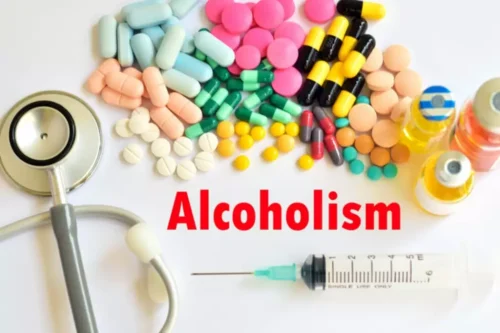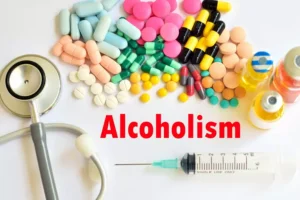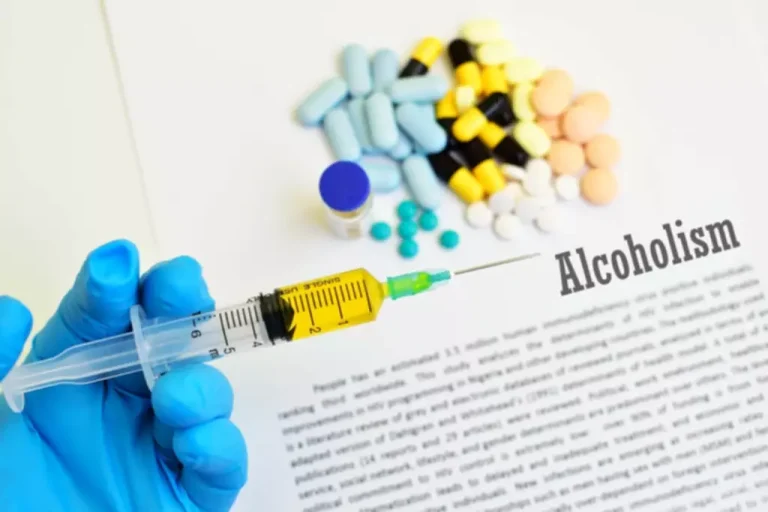
Zonisamide has a unique and multifaceted pharmacological profile; like topiramate, it blocks voltage-dependent sodium channels and inhibits carbonic anhydrase 49, 50. Topiramate is thought to block L-type calcium channels, but zonisamide appears to be a T-type calcium channel antagonist 49. Zonisamide may also have direct and biphasic effects on the neuronal release of both dopamine and serotonin 53, 54. Treatment options vary from state to state, says Farrell, but generally, people have the option to engage in an outpatient program where they can begin identifying how their addictive behavior began in the first place.

What to Do if Alcohol Withdrawal Causes Seizures

With long-term heavy drinking, alcoholic patients develop a ‘protracted abstinence syndrome’ in which they need at least some alcohol to attempt to feel a ‘normal’ mood, reward, and stress response 5. These deleterious effects of alcohol on the brain may take considerable time, likely on the scale of months to years, of continued sobriety to https://ecosoberhouse.com/ reverse. It is hypothesized that NBACs are well-suited for managing the symptoms of altered hedonic function, stress reactivity, and craving/urge to drink that are part of the protracted abstinence syndrome in alcoholism. People who chronically consume large amounts of alcohol are more likely to develop post-acute withdrawal syndrome (PAWS), says Crystal Avery, a licensed substance abuse clinician in New Hampshire. PAWS typically presents days after an individual stops drinking rather than immediately after alcohol use, and symptoms are usually psychological and mood-related, often persisting after acute withdrawal symptoms have resolved.
Anticonvulsants for the Treatment of Harmful Drinking Patterns in AUDs
Ambulatory withdrawal treatment should include supportive care and pharmacotherapy as appropriate. Benzodiazepines are first-line therapy for moderate to severe symptoms, with carbamazepine and gabapentin as potential adjunctive or alternative therapies. Physicians should monitor outpatients with alcohol withdrawal syndrome daily for up withdrawal seizures symptoms to five days after their last drink to verify symptom improvement and to evaluate the need for additional treatment.

Alcohol withdrawal seizures
- Depressants like alcohol can cause your muscles to relax, but withdrawal can cause tremors, muscle tightness, and seizures.
- The decision not to include vital signs was based on data showing that pulse and blood pressure did not correlate with the severity of alcohol withdrawal than the other signs and symptoms included in the CIWA-Ar.
- An imbalance in your nervous system can result in alcohol withdrawal when you suddenly stop drinking.
- This may be accompanied by a groan or cry as air is forced through the vocal cords.
- However, certain food groups also have benefits when it comes to helping with the discomfort of withdrawal symptoms and detoxification.
- At endpoint, the zonisamide group had lower CIWA-Ar, craving, and anxiety scores than the diazepam group.
- If you or someone you know shows signs of delirium tremens, go to the emergency room immediately.
Someone with epilepsy should not drink alcohol without first discussing the potential risks with a doctor who is familiar with their specific condition. Benzodiazepine can be combined with haloperidol, beta-blockers, clonidine, and phenytoin to treat withdrawal complications.15 Benzodiazepines carry an FDA warning because of their addictive properties. You should discuss this risk with your doctor and follow instructions carefully. Previous withdrawal episodes appear to be the most reliable predictor of who is at risk for future withdrawal, with or without seizures. Status epilepticus is a medical emergency that may lead to lasting brain damage or death.
Management and Treatment
In early stages, symptoms usually are restricted to autonomic presentations, tremor, hyperactivity, insomnia, and headache. In minor withdrawal, patients always have intact orientation and are fully conscious. Symptoms start around 6 h after cessation or decrease in intake and last up to 4–48 h (early withdrawal).6, 10 Hallucinations of visual, tactile or auditory qualities, and illusions while conscious are symptoms of moderate withdrawal. Alcohol withdrawal syndrome is a clinical condition that may arise following the cessation or reduction of regular, heavy alcohol consumption. Given its spectrum of manifestations from mild to severe and potentially fatal, all healthcare team members must recognize the signs and symptoms of this condition. Timely assessment and accurate treatment are vital to preventing disease progression.

- As the parenteral form of clomethiazole is no longer available, its application is dependent on sufficient alertness and cooperation to enable peroral treatment.
- It affects about 50% of people with alcohol use disorder who stop or significantly decrease their alcohol intake.
- Mueller et al. 67 first reported on carbamazepine maintenance in alcohol dependence.
He said he was in the emergency room on a bed, saw a nurse and asked her why he was there. He testified he did not remember meeting Dr. Sallazzo, an ER physician who testified Friday that he told Kotula he was suspending his driver’s licence for medical reasons due to alcohol abuse disorder. Dr. Rufus Tony Spann is a nationally certified school psychologist, licensed professional counselor, yoga teacher and reiki master. Over the years, he has served as a department chair, adjunct professor, assistant professor, speaker and trainer. Dr. Spann owns private practice You in Mind Psychotherapy and Consultation, which focuses on providing culturally responsive therapy, and he assists many therapists of color in receiving their independent licenses. He also is part of a research team looking to develop a new instrument that measures clients’ perceptions of whether counselors are effective in their ability to discuss the contextual dimensions of race, ethnicity, and culture (REC) with clients.
- In contrast, prolonged or widely separated seizures, focal seizures, prolonged postictal state, or a focally abnormal neurologic examination should prompt a search for correctable structural lesions, metabolic abnormalities, or infection (Table 200-1).
- People who chronically consume large amounts of alcohol are more likely to develop post-acute withdrawal syndrome (PAWS), says Crystal Avery, a licensed substance abuse clinician in New Hampshire.
- These deleterious effects of alcohol on the brain may take considerable time, likely on the scale of months to years, of continued sobriety to reverse.
- Alcohol use can trigger seizures for individuals with preexisting conditions like epilepsy, especially during withdrawal.
- A 2005 Cochrane review found that BZDs were significantly better for alcohol withdrawal seizures compared with placebo and had similar efficacy to other drugs, or anticonvulsants specifically.
References for this review were identified by searches of PubMed between 1985 and 2016, and references from relevant articles. The final reference list was generated on the basis of relevance to the topics covered in this review. The “front‐loading” or “loading dose” strategy uses high doses of longer‐acting benzodiazepines to quickly achieve initial sedation with a self‐tapering effect over time due to their pharmacokinetic properties. This is especially important in elderly patients and those with hepatic dysfunction.
2. Additional markers to detect AUD
In summary, several NBACs appear to be beneficial in treating AWS and alcohol use disorders. The results from the Minozzi et al. 19 review underscore the difficulty in developing and conducting well-designed studies to examine AWS. Symptom-triggered dosing refers to the treatment of AWS by monitoring for withdrawal symptoms at specific time intervals and providing intermittent doses of a benzodiazepine to treat those remaining symptoms after their intensity is determined. The severity of alcohol withdrawal symptoms depends on the severity of the alcohol use disorder.
Figure 2 illustrates how to proceed in the clinical setting of suspected AWS to confirm the diagnosis and to start sufficient therapy. It’s important to be honest about your alcohol use — and any other substance use — so your provider can give you the best care. Addiction can make it even harder to stop using alcohol, and it often involves or leads to chemical dependence.

